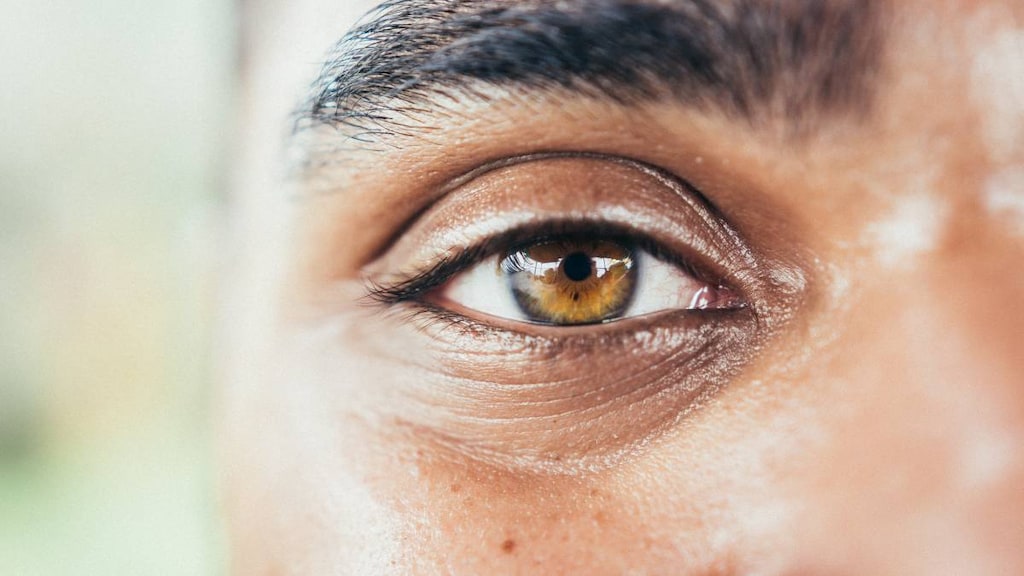
What is miosis and the production of miosis?
Miosis is another name for a constricted pupil (pinpoint pupil). Production of miosis is a term used when medications are used to specifically cause miosis, usually during eye surgery or for the treatment of glaucoma. A medication used for this purpose is called a miotic.
Your pupil is the black circle in the center of your eye. It allows light to enter the eye and is controlled by the iris muscles, which is the colored part of your eye. Thousands of times a day it shrinks in response to light and widens to let light in.
Miosis is when your pupil shrinks and becomes small. During eye surgery and glaucoma treatment, miotics are used to reduce intraocular pressure which is the pressure inside the eye. Some miotics have other uses as well.
What causes miosis?
Miosis is a natural response by your eye to bright light.
Conditions or medications that either affect the iris sphincter muscles or the nerves that control them can also cause miosis such as:
- Brain injury
- Cluster headaches
- Congenital defects, such as congenital miosis or microcoria
- Horner’s syndrome, a rare condition that can make one pupil smaller than another
- Inflammation, due to injury or other conditions such as uveitis (swelling of the iris)
- Intracranial hemorrhage
- Lyme disease
- Medications, particularly benzodiazepines such as diazepam, antihistamines, such as diphenhydramine, opioids such as morphine, or illicit drugs such as PCP
- Miotic eye drops that treat glaucoma or are used for eye surgery
- Multiple sclerosis
- Older age, because the muscles of the iris get weak and have difficulty opening
- Organophosphates used in agriculture and insect control
- Severe vitamin D deficiency
- Stroke
- Surgery or trauma that causes the loss of the lens of the eye
- Syphilis that has progressed to the brain
Miosis also occurs for about two weeks in newborn babies as a protective mechanism to prevent too much light from entering the eye.
What are the symptoms of miosis?
The symptoms of miosis are pinpoint pupils with a diameter of approximately 1/16th of an inch (2 millimeters).
Other symptoms that are present depend on the underlying reason for the miosis, for example:
- Cluster headache: severe pain on one side of your forehead or above the eye, drooping eyelid, sensitivity to light and sound
- Horner’s syndrome: drooping eyelid, shingles rash (if caused by shingles), other symptoms depending on the cause
- Inflammation: eye redness, other symptoms depending on the cause. Horner’s syndrome is a collection of symptoms resulting from damage to the nerves connecting the brain to the face or eye. decreased pupil size (miosis) and drooping eyelid on one side of the face are typical symptoms
- Intracranial hemorrhage: weakness on one side of the body, slurred speech, dizziness, loss of consciousness
- Lyme disease: rash, fever, chills, muscle aches
- Organophosphate poisoning: salivation, muscle contractions, heart rate changes
- Syphilis: confusion, abnormal gait, and other brain-related symptoms
How is miosis diagnosed?
Although it is normal for your eye to be in a temporary state of miosis every day, miosis that persists, especially in dim light, can also be a sign of an underlying condition and may need further investigation. Miosis that affects only one eye is called anisocoria.
If you have persistent miosis, see your doctor. Your doctor will look at your eyes and shine a light on them. They will also look at your lights in a dimly lit situation, to see if the pupils widen.
They may perform some other eye tests and ask you about your medical and medication history to try and determine a cause.
How is miosis treated?
Treatment depends on the underlying condition because miosis is just a symptom. If the miosis is medication-related and bothering you, your doctor may be able to find an alternative treatment.
For other conditions, management of the condition (for example preventive treatments for cluster headaches, penicillin for syphilis) may help resolve the miosis.
Severe miosis may be a sign of a narcotic overdosage. In that case, naloxone may be given to counteract the effects of the opioid. Treatment with pralidoxime may be given for organophosphate poisoning.
Why are medications given to produce miosis?
Miotics reduce the size of the pupil and are given for the treatment of glaucoma to increase the drainage of intraocular fluid by increasing its flow from the eye. Unfortunately, a side effect of this is dim vision, especially at night or in darkened areas, such as movie theatres. More effective medications for glaucoma with fewer side effects are generally preferred nowadays for the treatment of glaucoma.
Miotics used to be given routinely during eye surgery; however, they have been superseded by more effective medications with fewer side effects. Some experts recommend they be avoided.




